 |
Sequence viewing > Light & Lighting - Resource - ©
Lloyd Godman
Lighting
a material with a surface texture
While texture is associated with the surface of an object, smooth like polished metal or rough like sandpaper, we reveal or hide texture with the direction light falls on it and also the quality of light. Light directed across or from an oblique angle onto a subject will enhance the texture - while direct soft light will reduce it. The angle
of the light striking obliquely across the surface of an object creates
shadows in the areas which are depressed while lighting the raised areas and this gives an impression of emphasising thesurface texture of the material.
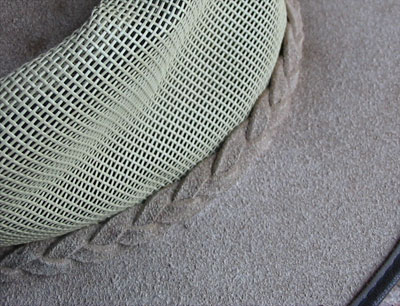 |
|
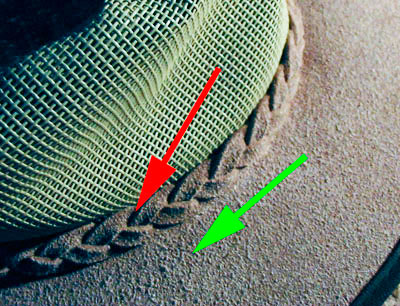 |
| In this image of the hat the light is relatively flat - the texture in the leather is reduced. |
|
In this image of the same hat, not only is the texture of the leather enhanced but the braided band appears thicker because of the shadow.
|
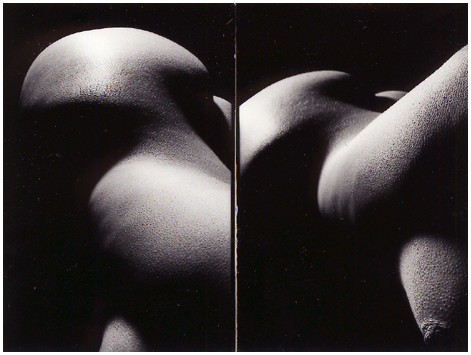 |
|
This
image from Body
Symbols was taken with a single studio flash light
and no reflectors or diffusers. If we look closely at this image
we can see the light is hard and direct - there is no texture
in the shadows- they fall off to a dense black, creating an
abstraction the image relies on. When we look at the reflections
- they suggest the light is coming from the top towards the
camera and reflecting off this area of the body. With reflections
the angle the light reflects off at is the same as the angle
it hits the surface.
Then
we get a sense of how the light falls off into shadow as it
hits the brest at an oblique angle. |
In the
landscape
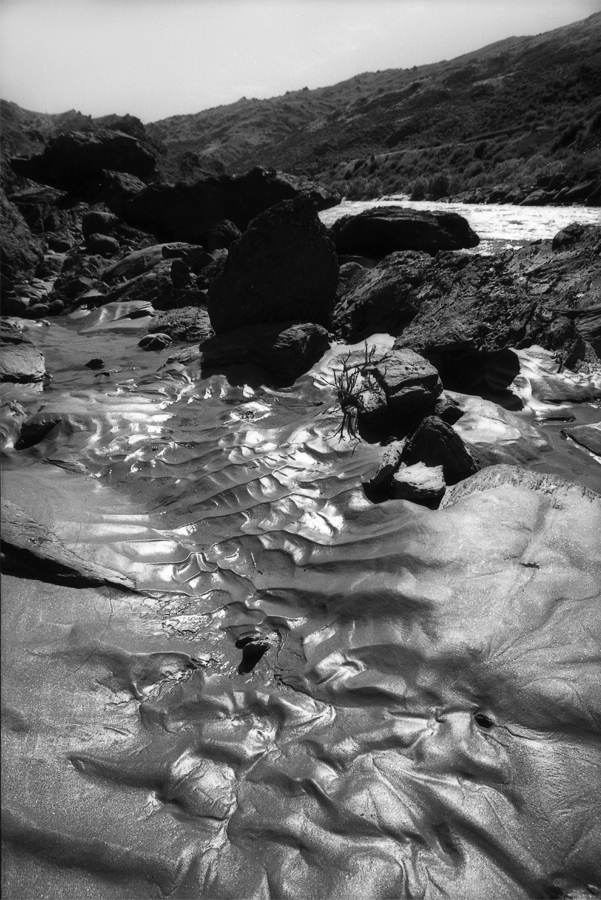
|
When
we look at the light in this image from The
last Rivers Song - again it suggests a direct light
source - this time the sun. The reflection in the wet sand and
the water gives us a good indication of the direction of the
light. We can see how as the light falls at different angles
across the ribs in the sand how different surfaces light up
with the reflection, or where the light strikes across it reveal
the texture of the sand. The dark shadows from the rock on the
top left also acts as a pointer to the direction of the shadow. |
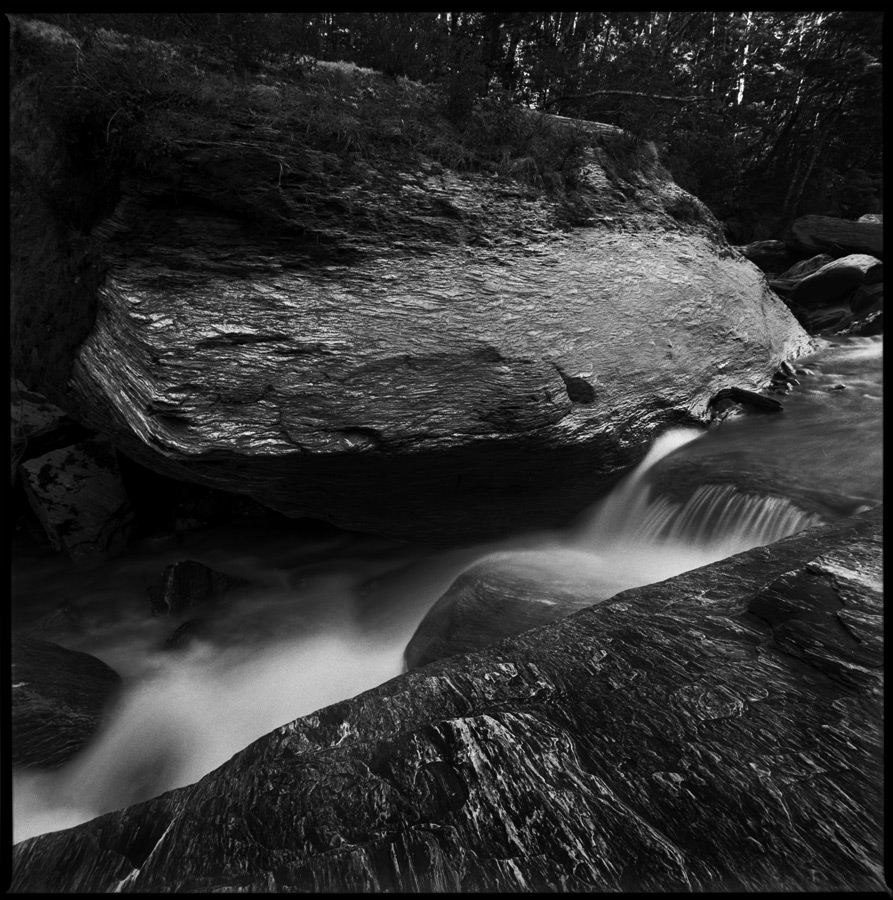 |
By
contrast the light in this image from the Homage
to Baxter work is diffuse flat and even. There are
no harsh shadows most areas are lit evenly suggesting that the
daylight was overcast. |
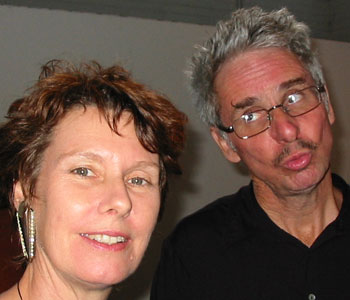 |
|
Reflective
items like glass, metal and eyes can tell us about lighting. Spherical
elements like eyes reflect visual elements and can show how many
lights were used and the type of lights used - it can also show
where the lights where positioned. They might also show where
the photographer was in relationship to the object when they photographed
it - perhaps we might see a tripod. So we can sometimes work out
the lighting a photographer- use in a particular shot by looking
at an eye. |
 |
|
|
More on texture
Want to learn more? - do a workshop or one on one with Lloyd Godman
|